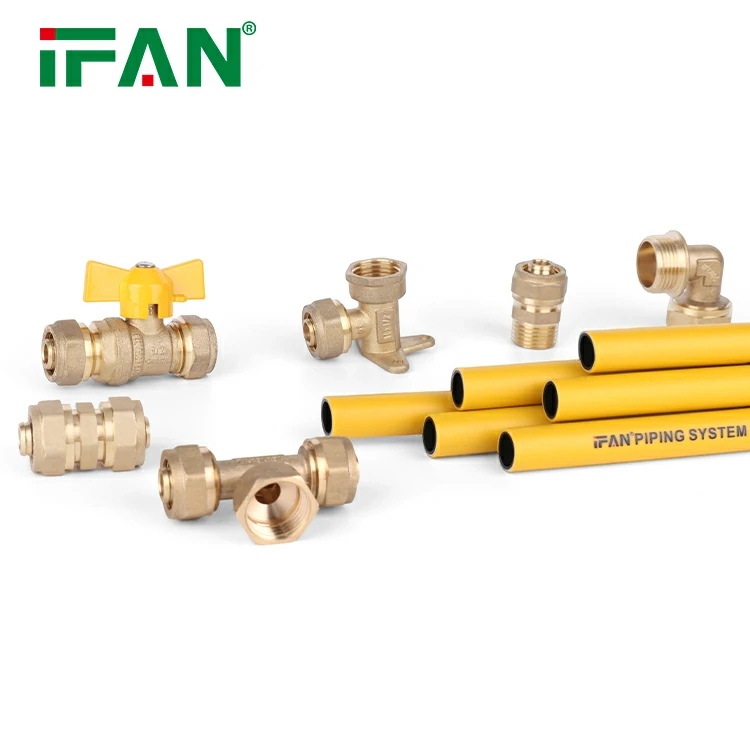Understanding Brass Gas Press Fittings
Brass gas press fittings provide secure connections in gas lines without welding. They rely on compression to seal gas flow. Proper tightness ensures safety and prevents leaks. Over-tightening can damage fittings, while under-tightening risks gas escape.
Manufacturer Specifications Matter
Always follow the manufacturer’s torque guidelines. Brass gas press fittings typically require 20-30 ft-lbs for ½-inch connections. Larger fittings may need up to 50 ft-lbs. Exceeding recommendations risks cracking the brass.
The Role of Thread Sealant
Use PTFE tape or pipe dope on threaded brass gas press fittings. Apply tape clockwise for a tight seal. Avoid over-application, as excess can block gas flow. Sealants prevent micro-leaks without excessive force.

Avoiding Over-Tightening Risks
Excessive force can strip threads or crack brass gas press fitting. A snug fit with slight resistance is ideal. If the fitting feels loose, recheck alignment before tightening further.
Proper Tools for Accurate Tightening
Use a calibrated torque wrench for precision. Adjustable wrenches may lead to uneven force. For ¾-inch brass gas press fitting, a 1-inch drive torque wrench ensures consistent pressure.
Testing for Leaks After Installation
Apply soapy water to connections and check for bubbles. A gas detector can confirm small leaks. If leaks persist, slightly tighten—never force—brass gas press fitting.
Common Mistakes to Avoid
- Using pliers instead of wrenches
- Skipping thread sealant
- Ignoring manufacturer torque values
- Reusing damaged fittings
When to Replace Brass Gas Press Fittings
Replace fittings if threads are worn or corroded. Minor leaks may indicate fatigue. Always use new brass gas press fittings for critical gas line repairs.
Following these guidelines ensures safe, leak-free connections. Proper tightness balances security and material integrity.

